Recently we attended a new business meeting with a prospective client. Previously we’d sent them some of our marketing blurb material and had been rebuffed. however since then we’d had a phone call to arrange a meeting, so off we went.
This is a business that works in fashion retail and considering they’d invited us we assumed that the answer to the question at the top of this post was a given, i.e. of course design can make a difference, and rather a big one at that. The Design Council has even got a whole website dedicated to the difference design can make, even going as far as to say “Every £100 a design alert business spends on design increases turnover by £225.” That’s a huge fact, multiply that investment by a few thousand or hundred thousand pounds and it’s pretty good odds that some of that turnover will be profit, if it’s done right of course, and of course there’s the Design Effectiveness Awards. So, when in our meeting, we came across the question of design actually making a difference how did we answer? Well, not very well actually. We’d made an assumption that an invitation to meet meant this prospective client had an understanding of retail design (since that’s what we do) which rapidly became apparent that this wasn’t the case, even though his business is a reasonably succesful fashion retailer with a chain of 40 shops nationwide and a very succesful standalone e-tail business. We’d done our research, visited a few of his stores, spent quite a few hours going through his websites, even shopped on one of them, but what were totally unprepared for was the scepticism that we encountered about our industry and retail design in particular.
So although we know the answer to our initial question, can design make a difference?, perhaps the real question should be how do we educate someone who is so cynical about what we do? Do we go into a meeting armed with Design Council facts and figures? I suspect that’s not immediately going to win someone over, especially at a senior level. His reasoning was that they were doing pretty well thank you, why should we ‘add some design in’ or some ‘nice graphics’ as that sounds a bit risky.
Of course the answer is his business already uses design, the problem is it uses it very badly so his experience of using design is not a good one. It already pays money for bad design, and bad marketing material which is inconsistent and amateur. This in turn makes them look cheap and unauthentic, (as opposed to a true value proposition) and doesn’t make the difference to his bottom line that good design would. I suspect the cost of his bad design is roughly similar to the cost of good design but the true cost of the bad design might be his turnover is less than it should be, he alienates some customers because they don’t want to shop in his stores or when they are in them can’t find what they want, see the product well enough or find a way to purchase it. The longer term cost might be that soon his stores will look tired and dated, in fact some of them already do, and newer, fresher more vibrant and entreprenurial businesses in the same retail field will come along and take his ground, or even established retailers looking for a move into a growth market will take his profit margin and he won’t be able to compete because he won’t have a strategic vision that includes a joined up retail design strategy because he underestimates its importance.
All retailers know they constantly need to look over their shoulders as well as being able to reinvent, renew and constantly evolve which is why a good relationship with a design company that understands a business can be worth its weight in gold; quite literally.
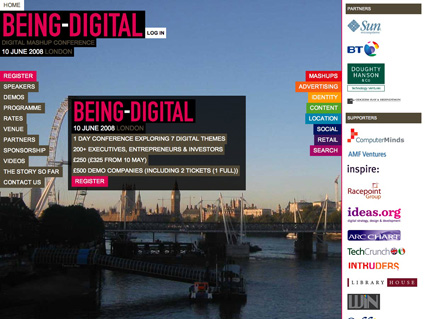
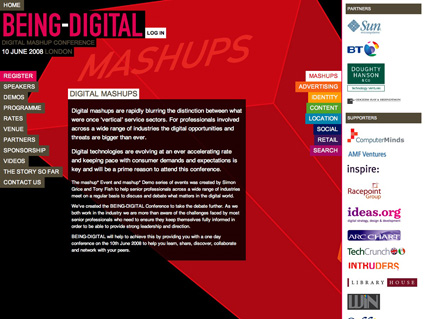
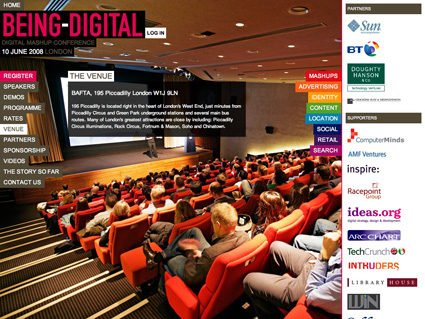
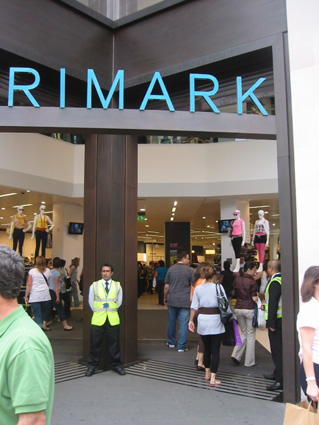
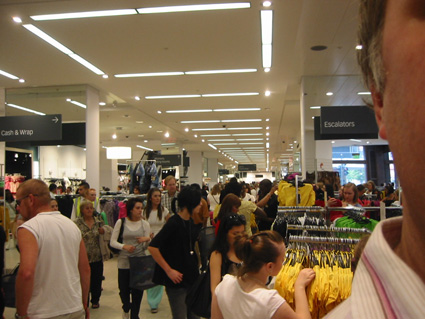
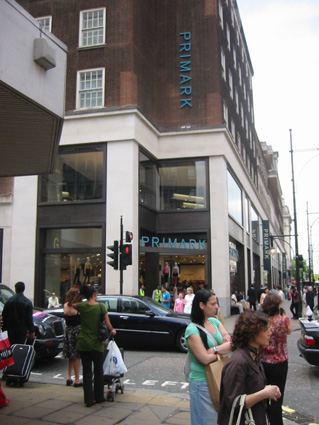

Recent Comments